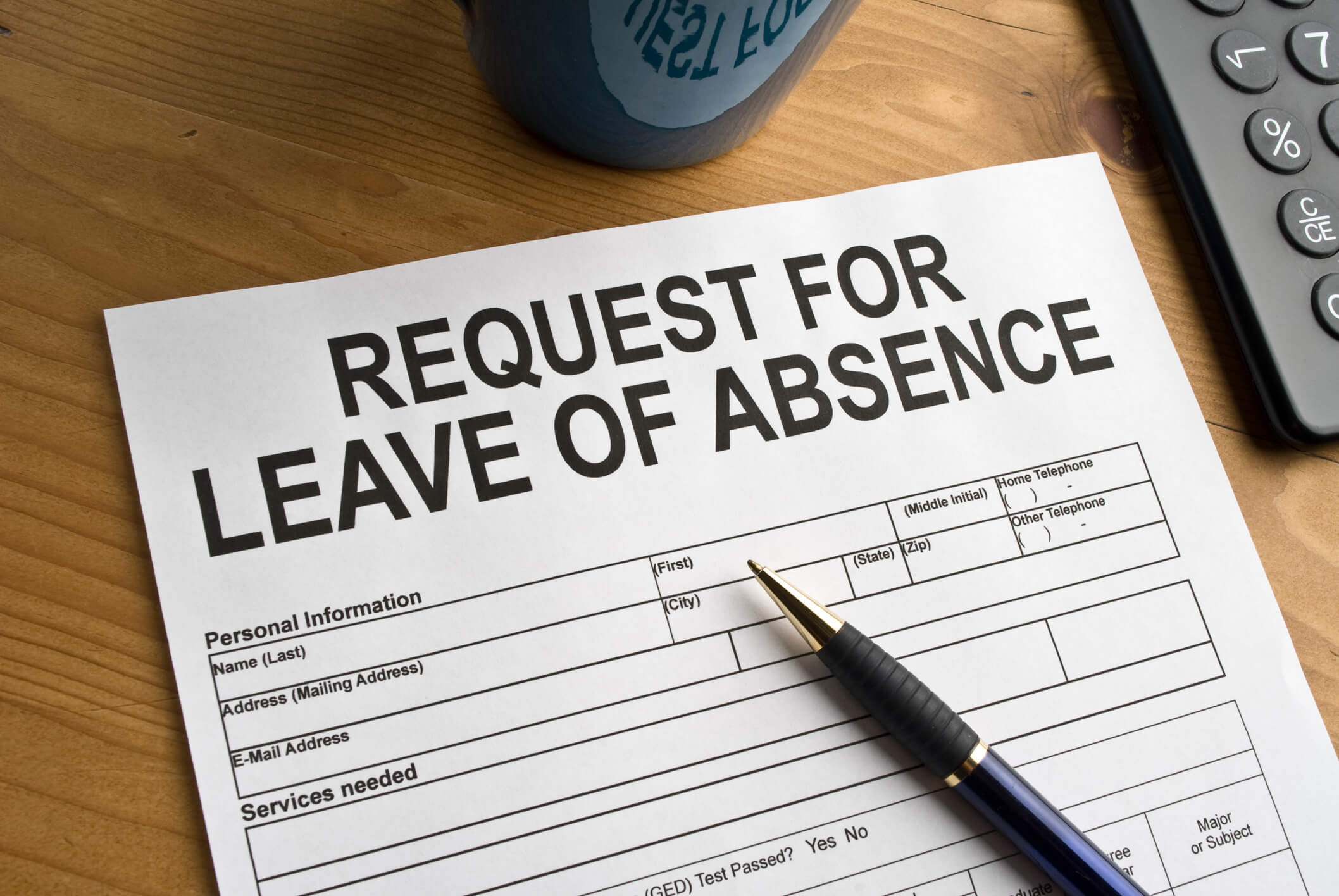Both federal and state law provide employees leave for the birth or placement of a child and for bonding with a child after birth or placement. Under certain circumstances, employers may limit their employees’ leave. One such circumstance arises when expectant parents work for the same employer. The issue is whether employers are required to give each parent-employee the same amount of leave to which they would be entitled if they worked for different employers.
Not surprisingly, federal and California law differ on this issue. The Family and Medical Leave Act (FMLA) entitles employees to take up to12 weeks of leave each year for certain reasons, including the birth or placement of a child or to care for a child after birth or placement. The FMLA, however, permits employers to limit the leaves of parent/co-workers if they are married. A husband and wife who are eligible for FMLA leave and are employed by the same employer may be limited to a combined 12 weeks of leave—rather than 12 weeks of leave each—if the leave is taken for the birth or placement for adoption of the employees’ son or daughter or to care for the child after birth or placement.
The California Family Rights Act (CFRA) also provides employee leave for the birth of a child for purposes of bonding or for the placement of a child for adoption or foster care. And, the CFRA also permits employers to limit the leave of employees working for the same employer.
The CFRA differs from the FMLA in that it does not require that two employees be married to permit an employer to limit their leave. According to the California Department of Fair Employment and Housing, “If both parents are eligible for CFRA leave but are employed by the same employer, that employer may limit leave for the birth, adoption, or foster-care placement of their child to 12 workweeks in a 12-month period between the two parents.”
So under the FMLA, employers cannot limit the bonding leave of unmarried employees, but are permitted to limit the leave of married employees. The CFRA permits employers to limit employees’ leave regardless of their marital status.
According to Spencer C. Skeen, a shareholder in Ogletree Deakins’ San Diego office, “Federal law grants a wide array of benefits to married couples, including tax breaks, survivor benefits, and health insurance for spouses of employees. More than 1,000 federal laws confer benefits on married couples. However, this is one of those rare situations where federal laws treat married parents more harshly than unmarried parents.”
Skeen noted, “The requirement that married couples split their 12 weeks of leave after the birth or adoption of a child does not apply to unmarried couples who have a child when working for the same employer. Unmarried parents are not required to split their leave. This results in the peculiar rule that allows unmarried parents who work for the same employer greater leave than those who are married.”
“Although it is often the case, employers cannot always assume that California law affords greater benefits or protection to employees. In this particular scenario, federal law provides greater protection to employees. Because of the various differences between California and federal law in this arena, California employers must be cautious to ensure that their leave practices comply with both state and federal law,” said Skeen.




